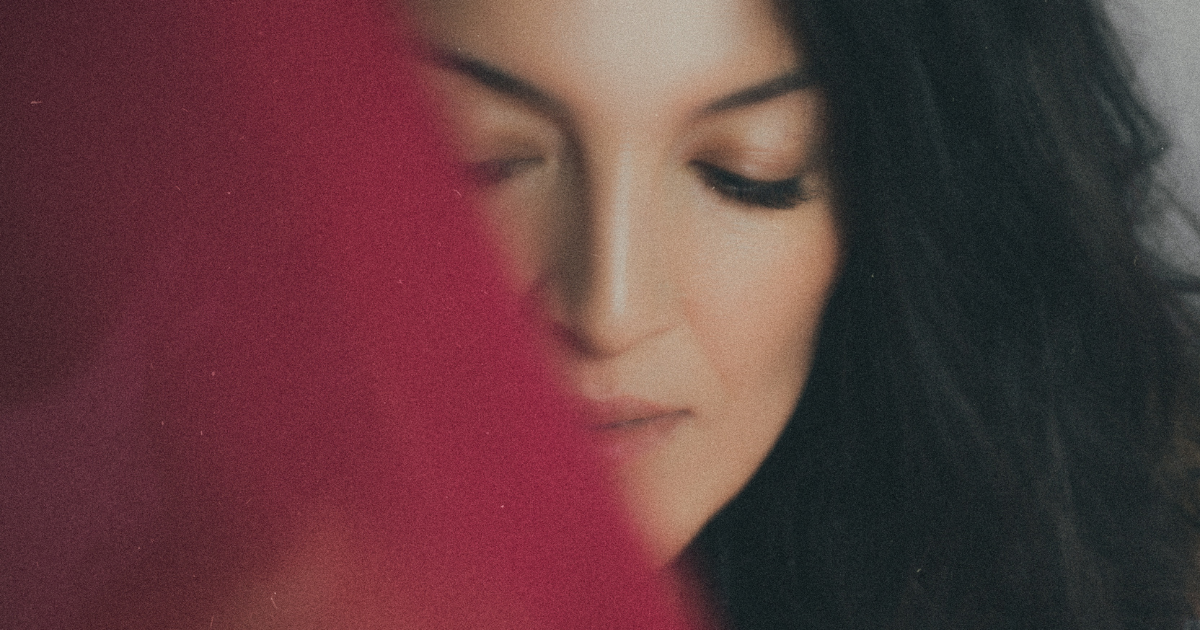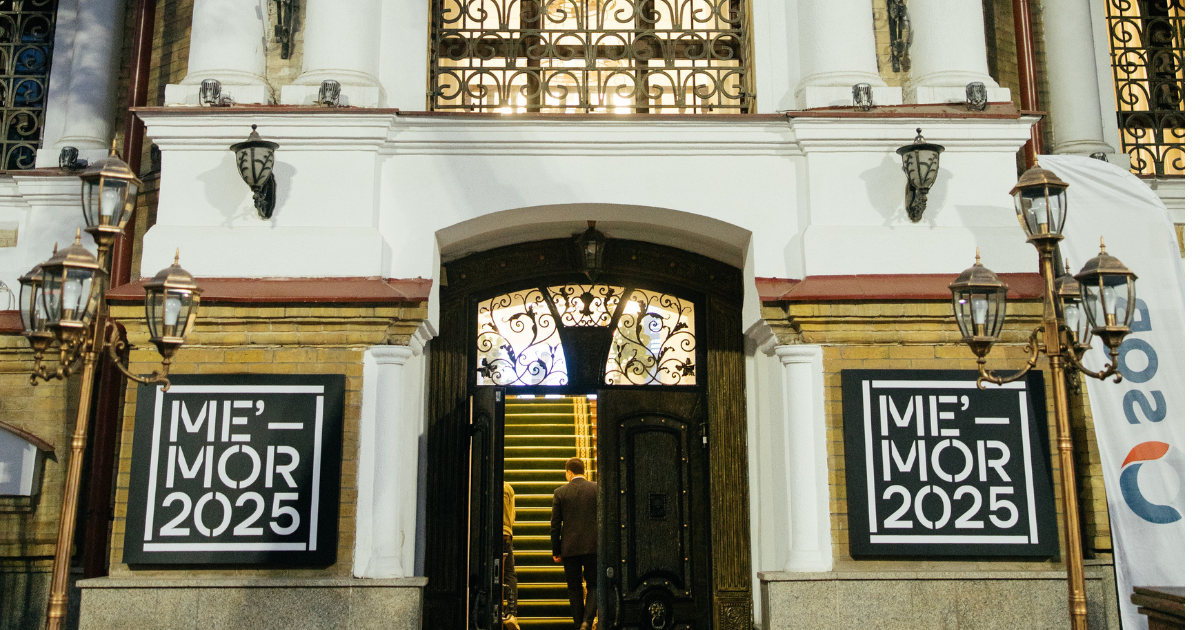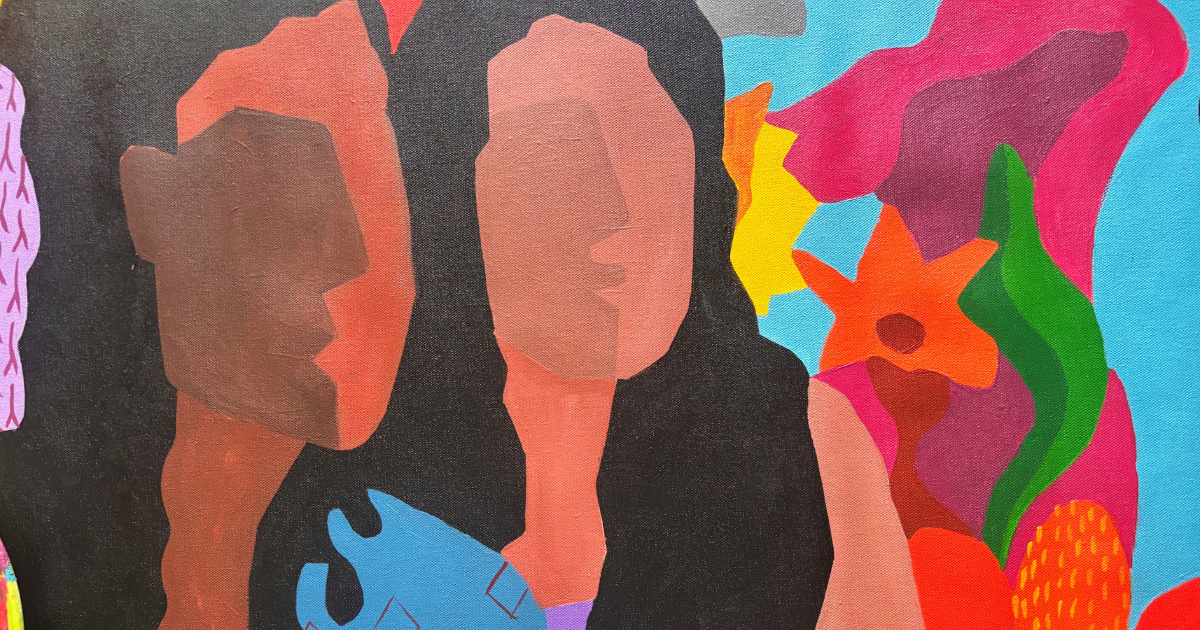Recipes for broken hearts
The first biennale in the heart of the East promises to become a new center of attraction for world art
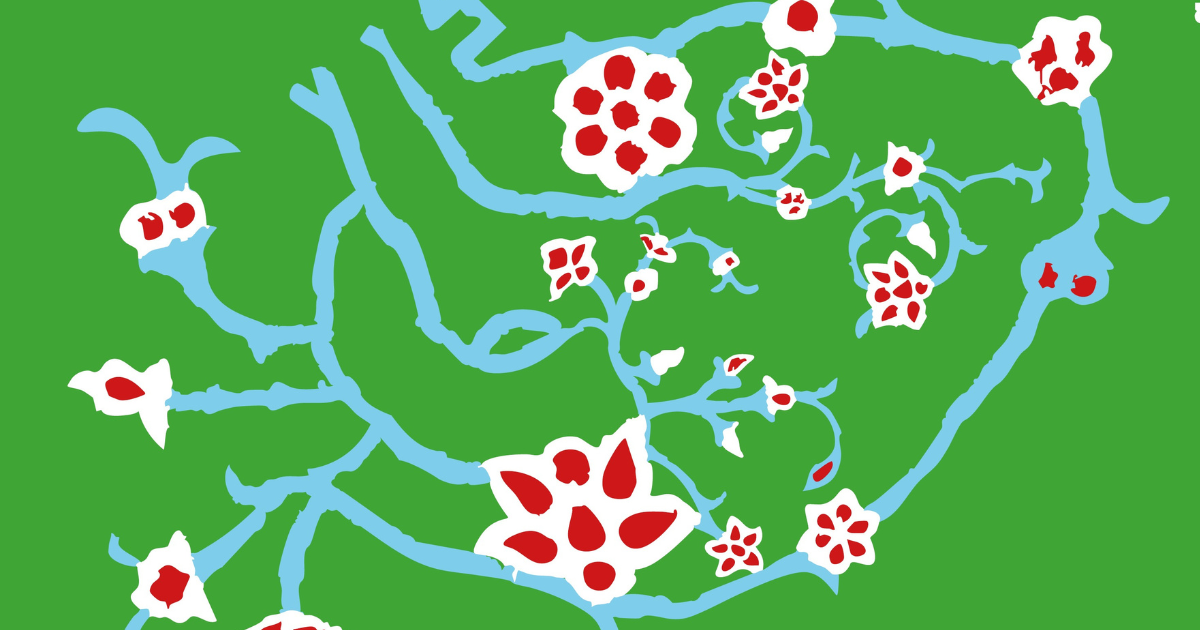
This autumn, ancient Bukhara steps beyond its familiar status as a legend of the East and boldly declares itself a new destination for global culture. The narrow streets of the old city, caravanserais, and madrasas, which for centuries preserved silence, have now been filled with the voices of artists and artisans from around the world. Here, for the first time, the Bukhara Biennale has opened – an event that has transformed the historic city into a genuine art center of the planet.
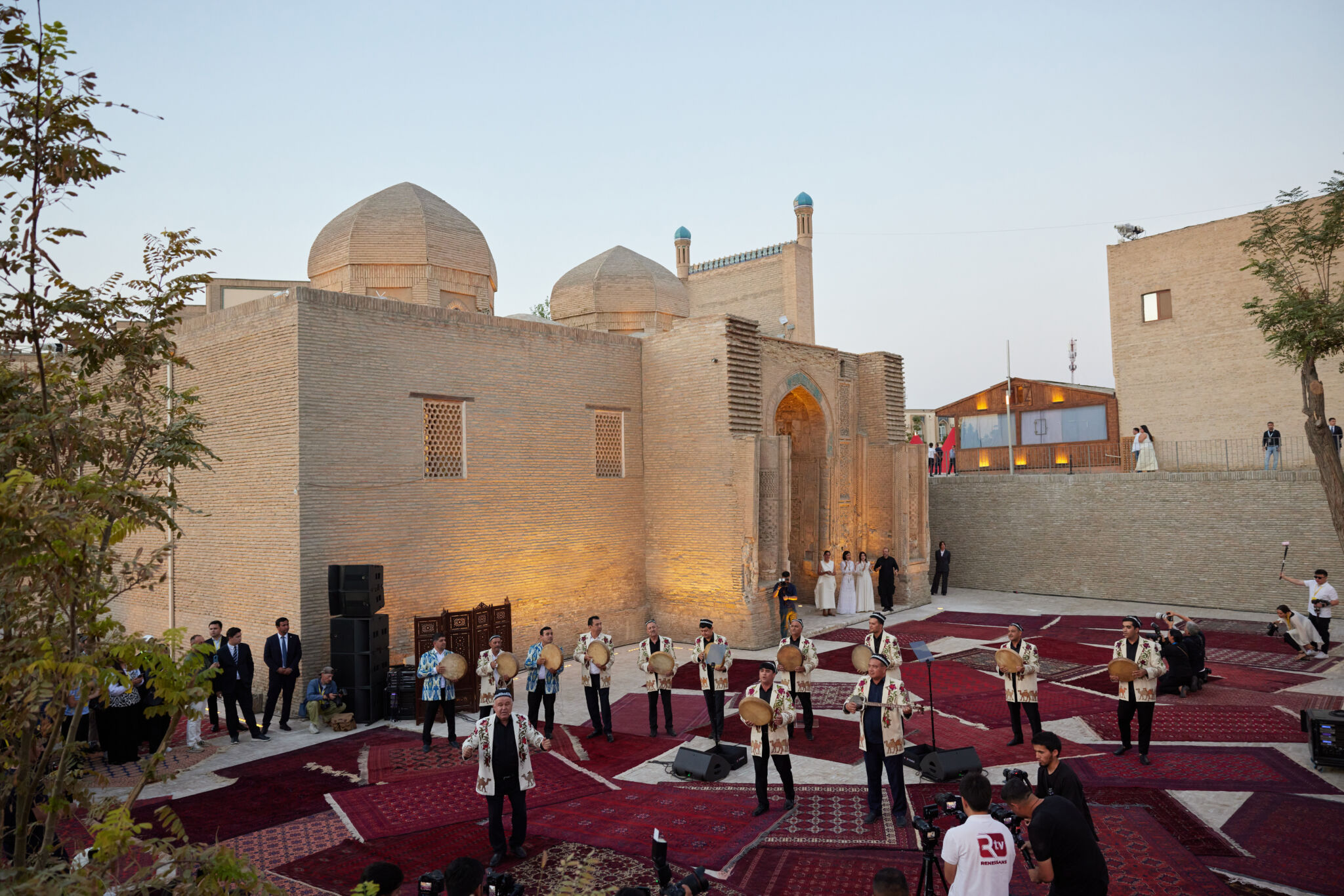
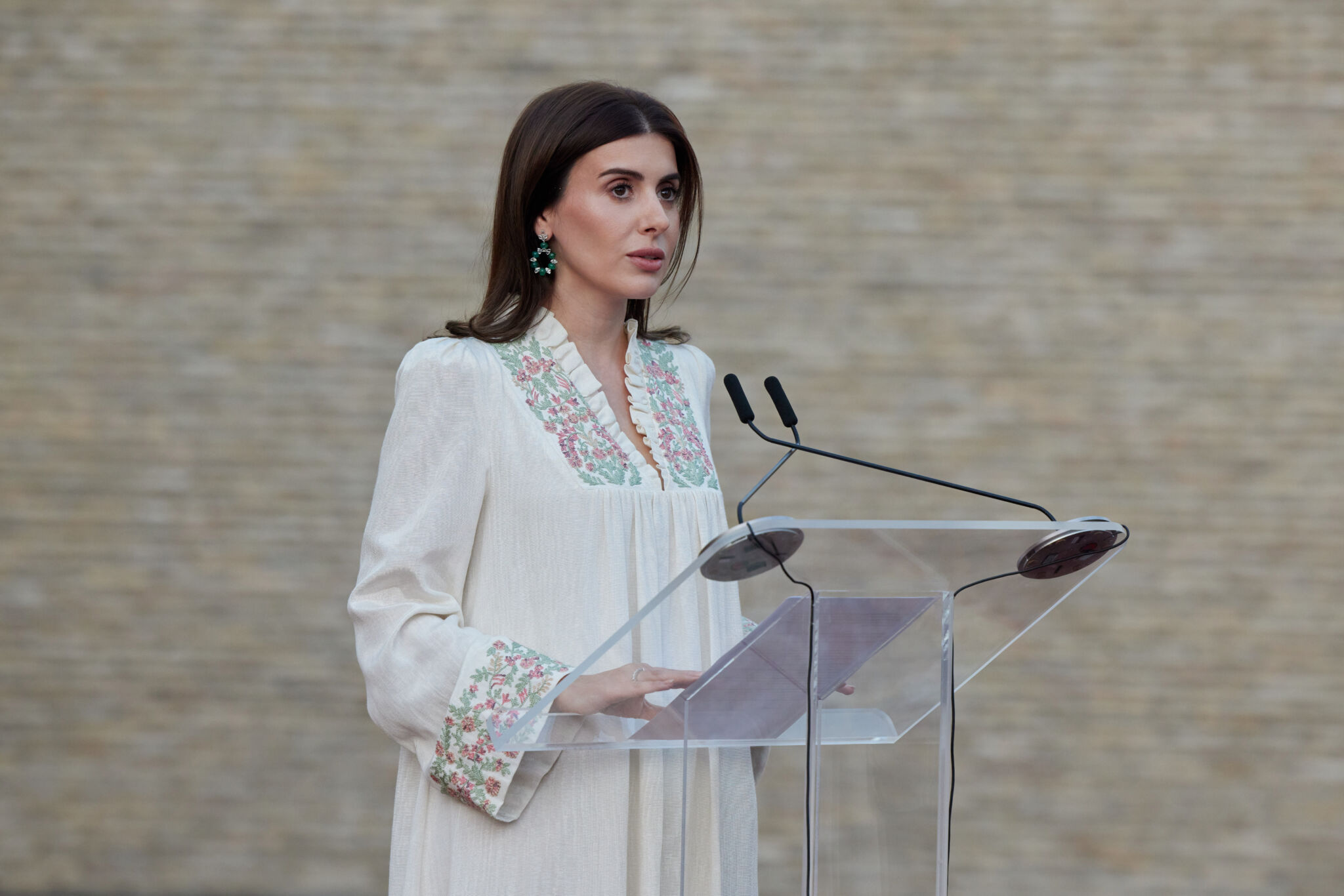
At the initiative of Gayane Umerova, commissioner of the Bukhara Biennale, and under the curatorship of Diana Campbell, the city has become a platform where international masters meet Uzbek artisans, creating a dialogue of cultures and shaping a new artistic language.
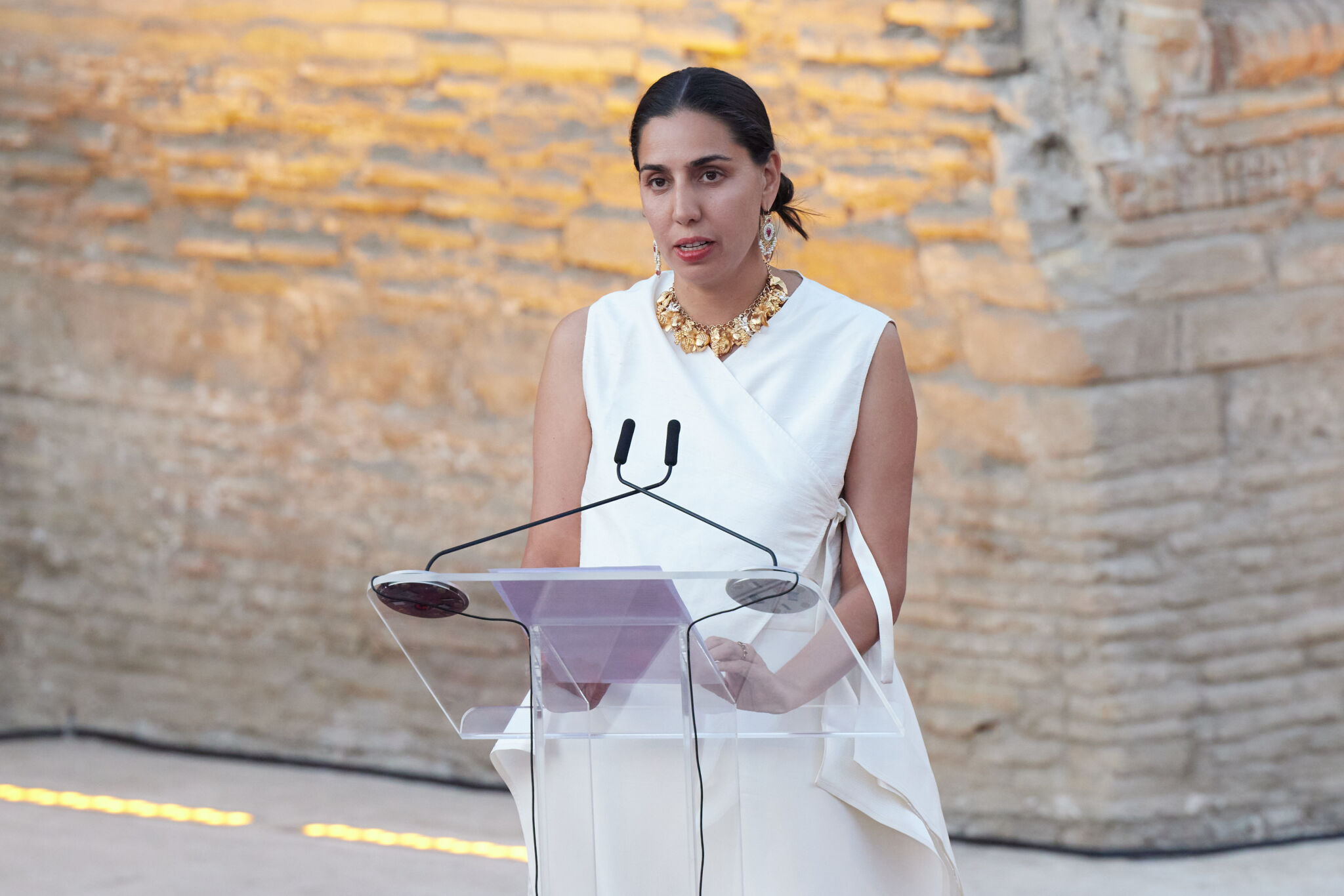
But this is not only about exhibitions. The Biennale’s program includes lectures, art discussions, a Central Asian symposium, dinners at Café Oshqozon, and, in the finale, a Festival of Rice Cultures, where art will merge with gastronomy and poetry.
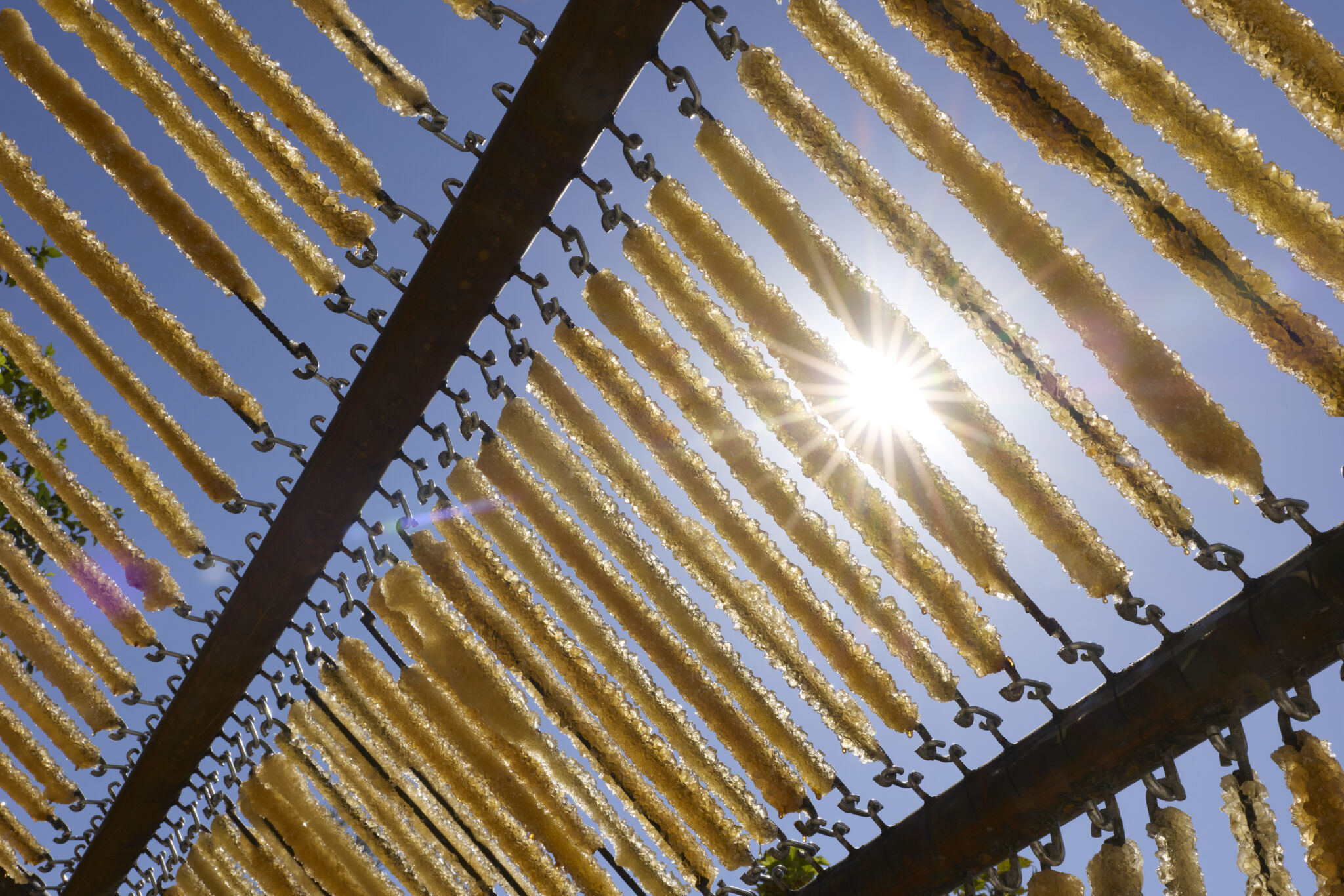
For several years now, the Art and Culture Development Foundation of Uzbekistan has been building a unique program with artisans, artists, and international curators, where tradition and modernity intertwine into a single cultural fabric.
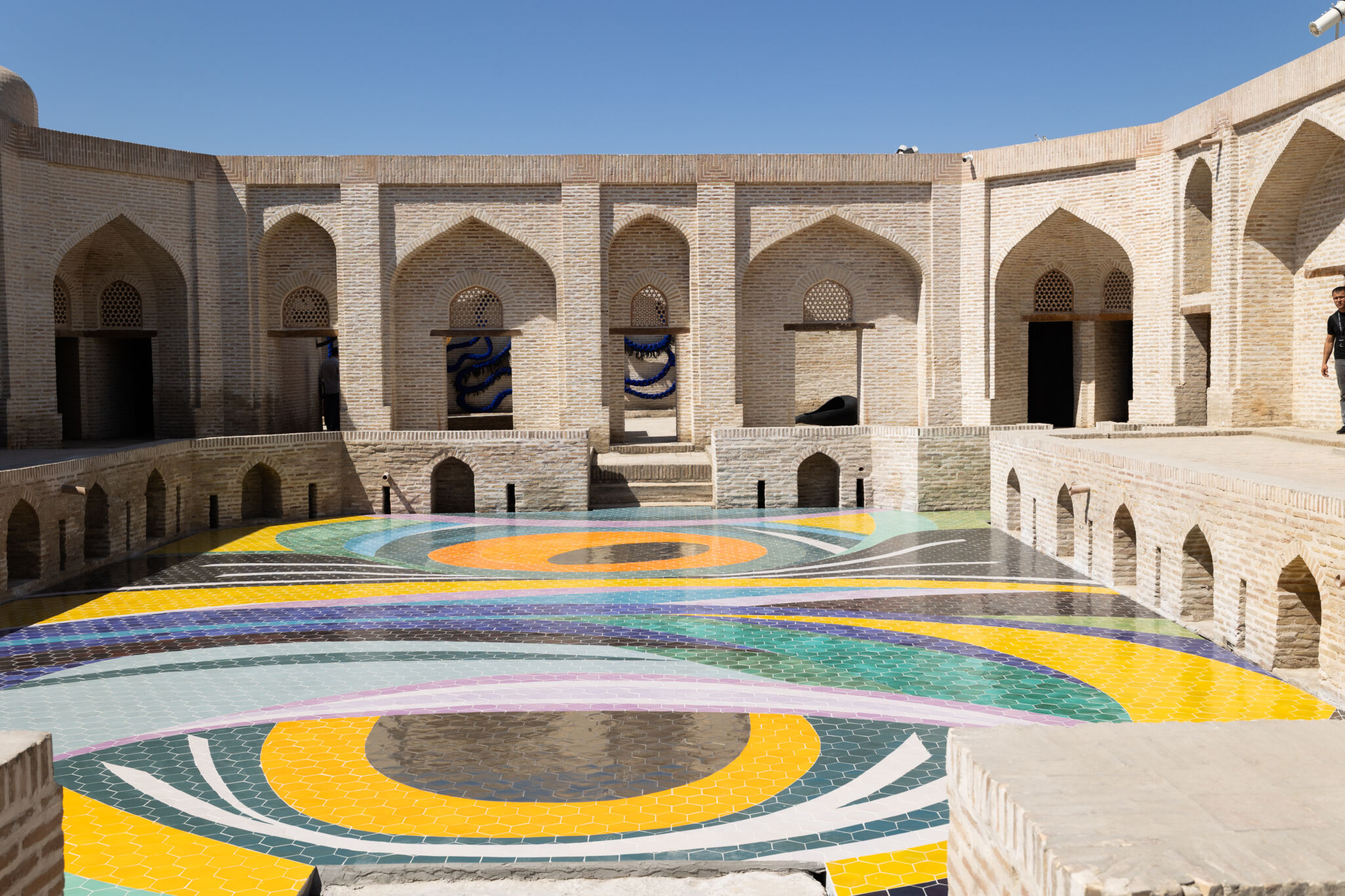
Until November 20, 2025, Bukhara will live to the rhythm of art: its ancient walls hold not only history but also the energy of the future. And perhaps the most beautiful thing about this biennale is that it is open to everyone: locals, guests, travelers, and dreamers.
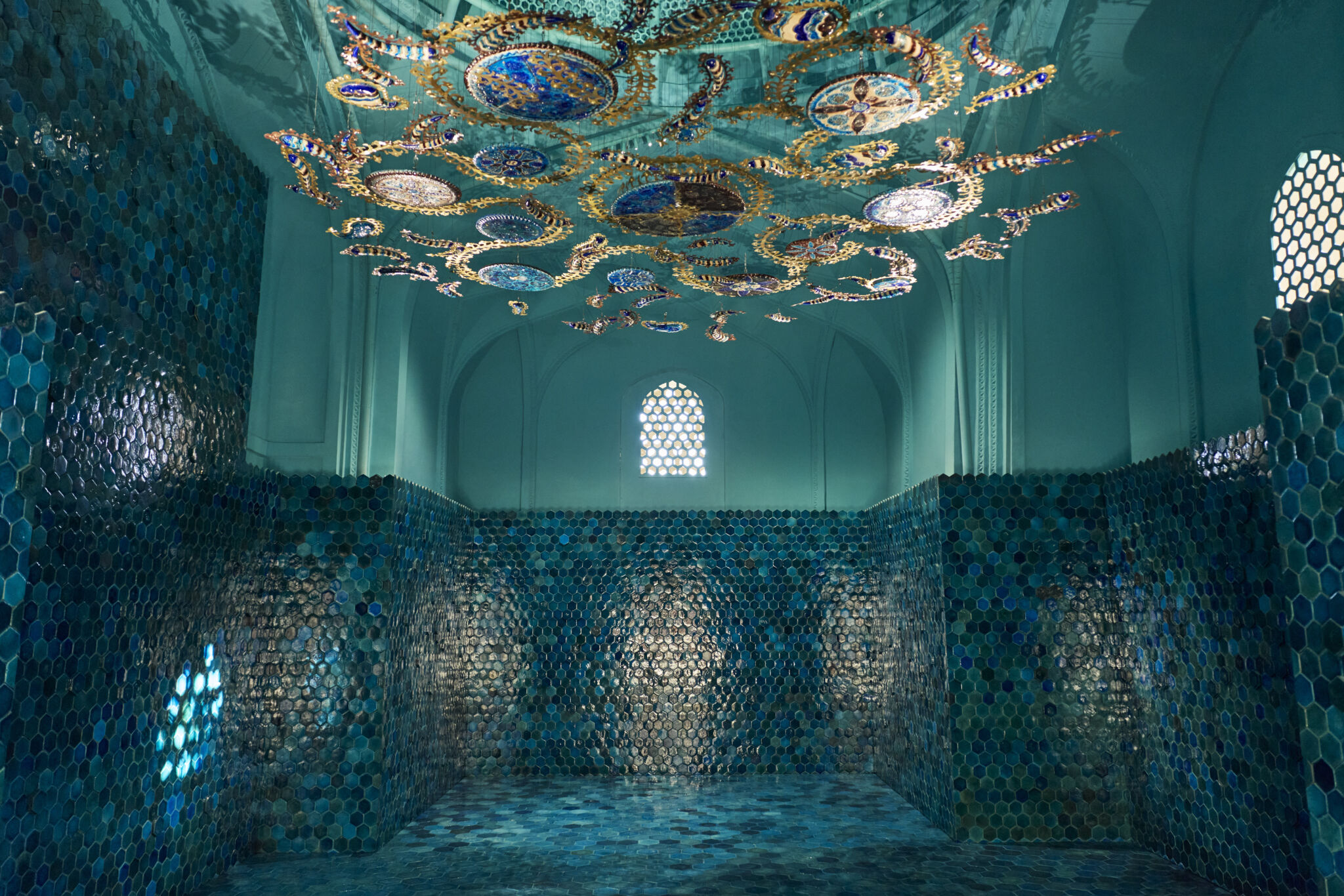
Program of the first Bukhara Biennale
- Culinary projects
Café “Oshqozon” (throughout the biennale)
Concept: food as art and emotional experience.
Jeong Kwan (South Korea) – opening and closing of the biennale, with a practice of cooking as meditation.
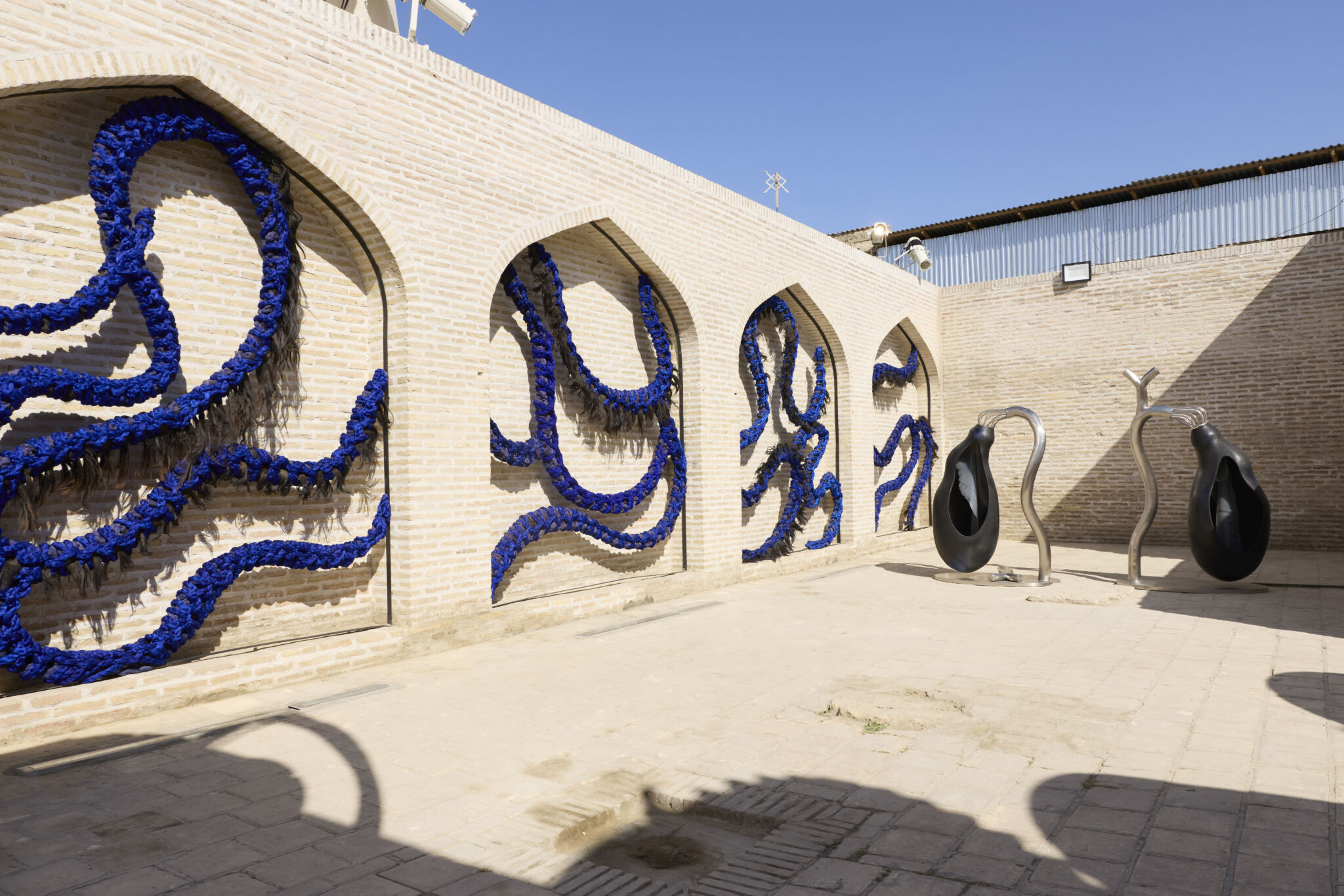
September 23–24: Elena Reygadas (Mexico) — ingredients of the New World in Uzbek cuisine.
October 10–12: Fatmata Binta (Sierra Leone) – nomadic food cultures.
Carsten Höller (Germany) + Coen Dieleman (Netherlands) + Uzbek chefs Bahriddin Chustiy and Pavel Georganov – food as a connecting thread between science, art, and emotion.
Projects: salt and navat pavilion (Laila Gohar, Egypt); melon as a mythical gift (Abdullo Narzullaev, Uzbekistan); spice sculpture (Delcy Morelos, Colombia + Abdulnabil Kamalov, Uzbekistan); 15-meter embroidered fresco on the spice trade (Samah Hijawi, Jordan/Belgium + Ahmad Arabov, Uzbekistan).
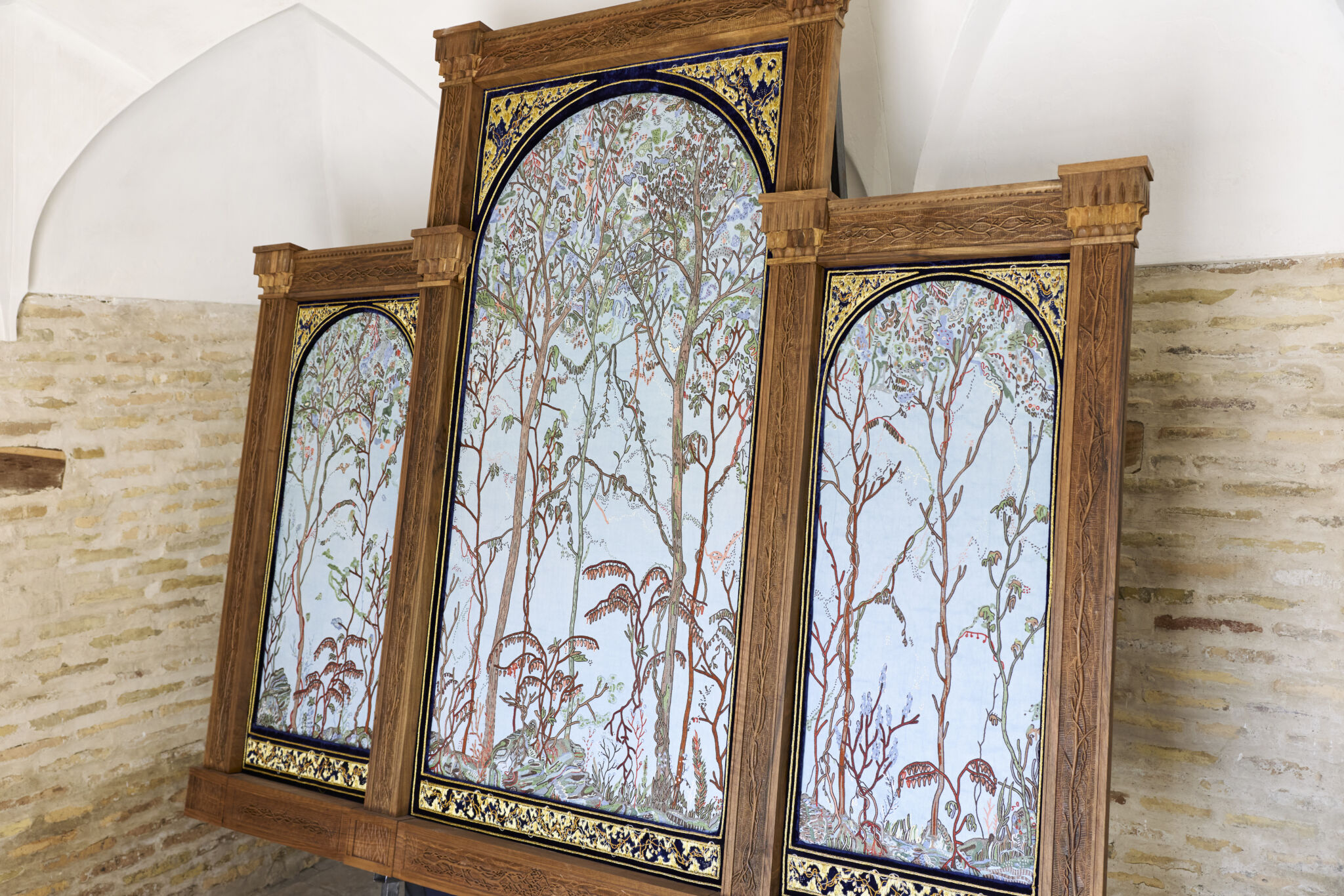
Subodh Gupta (India) + Pavel Georganov – a domed installation uniting the architecture and cuisine of India and Uzbekistan.
Festival of Rice Cultures (November 16–20) – traditions of plov and rice dishes from around the world.
- Educational and craft programs
House of Softness (Gavkushon Madrasa, 16th c.)
Symposiums, master classes, performances.
October 6–8: “The Craft of Mending: A Symposium on the Cross-Cultural Heritage of Uzbekistan.”
Master classes on forgotten crafts: ebru, miniature painting (Davlat Toshev, Uzbekistan).
Canopy “Patterns of Protection” (Suchi Reddy, India/USA), inspired by embroidered patterns of ikat.
- Musical and performative projects
Shakuntala Kulkarni (India) + Bukhara Philharmonic – a dialogue between body language and sound.
Ajay Noronha (India) – installation “Tandoor-Womb.”
Majid al-Remaihi (Qatar) – reinterpretation of Nasreddin folklore with Bukhara-based puppeteers.
Tarek Atoui (Lebanon) + Uzbek musicians – living traditions and the migration of music (September 21–23).
Hylozoic/Desires (India/UK) – musical rituals with the karnay under the full moon (September–November).
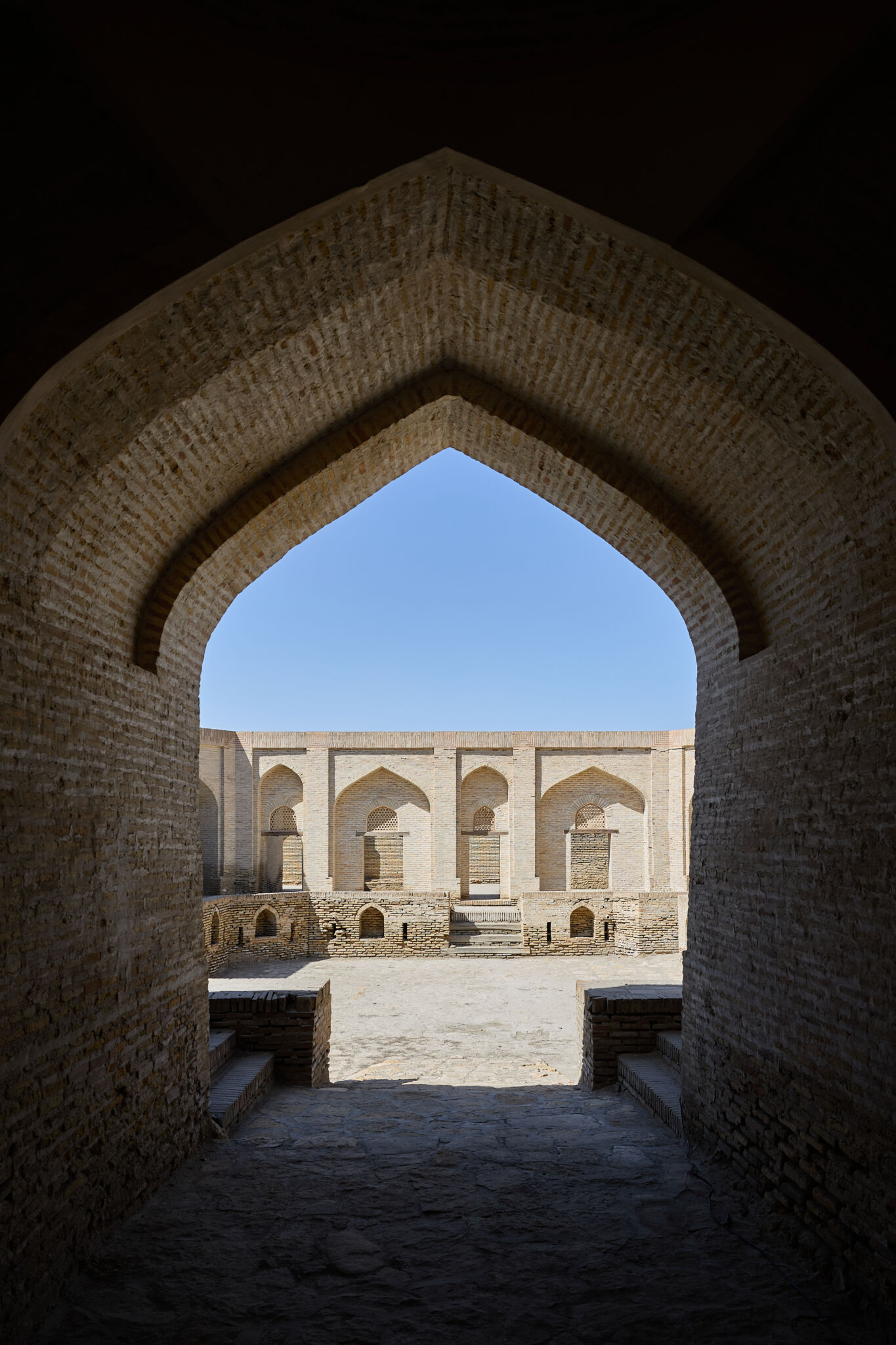
- Poetic and literary programs
November 16–20: poetry program curated by Katya García-Antón.
Theme: Bukhara as the “city of poets” – from Rumi to Langston Hughes, a contemporary reinterpretation of the epic poems.
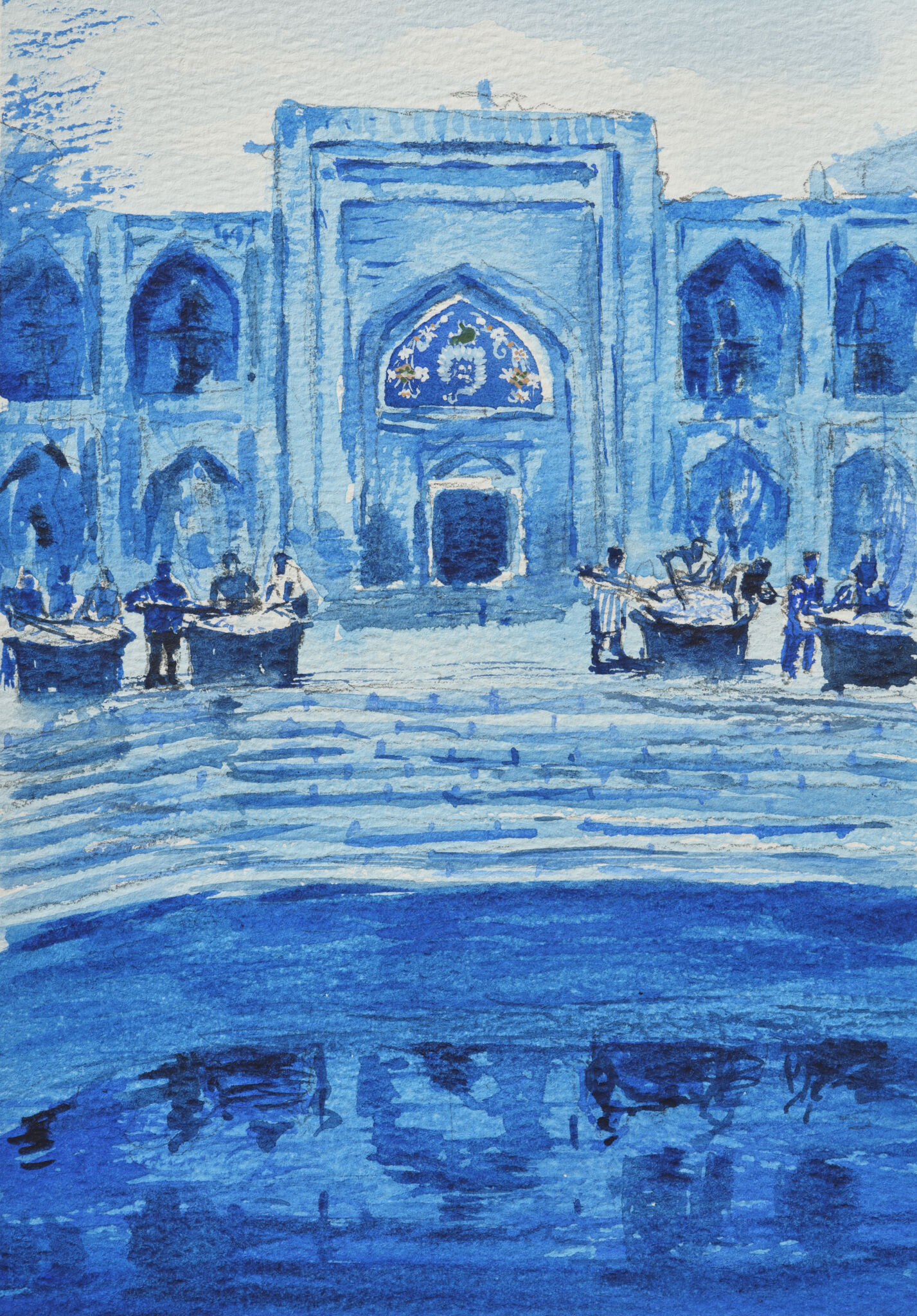
Even in just these first days, the Biennale has already proven that Bukhara has everything it takes to be at the center of the world’s cultural map: history, craftsmanship, and the energy of contemporary art. And this is only the beginning – the first chapter, to be followed by new, even brighter ones.
Photo: Press Service ACDF
